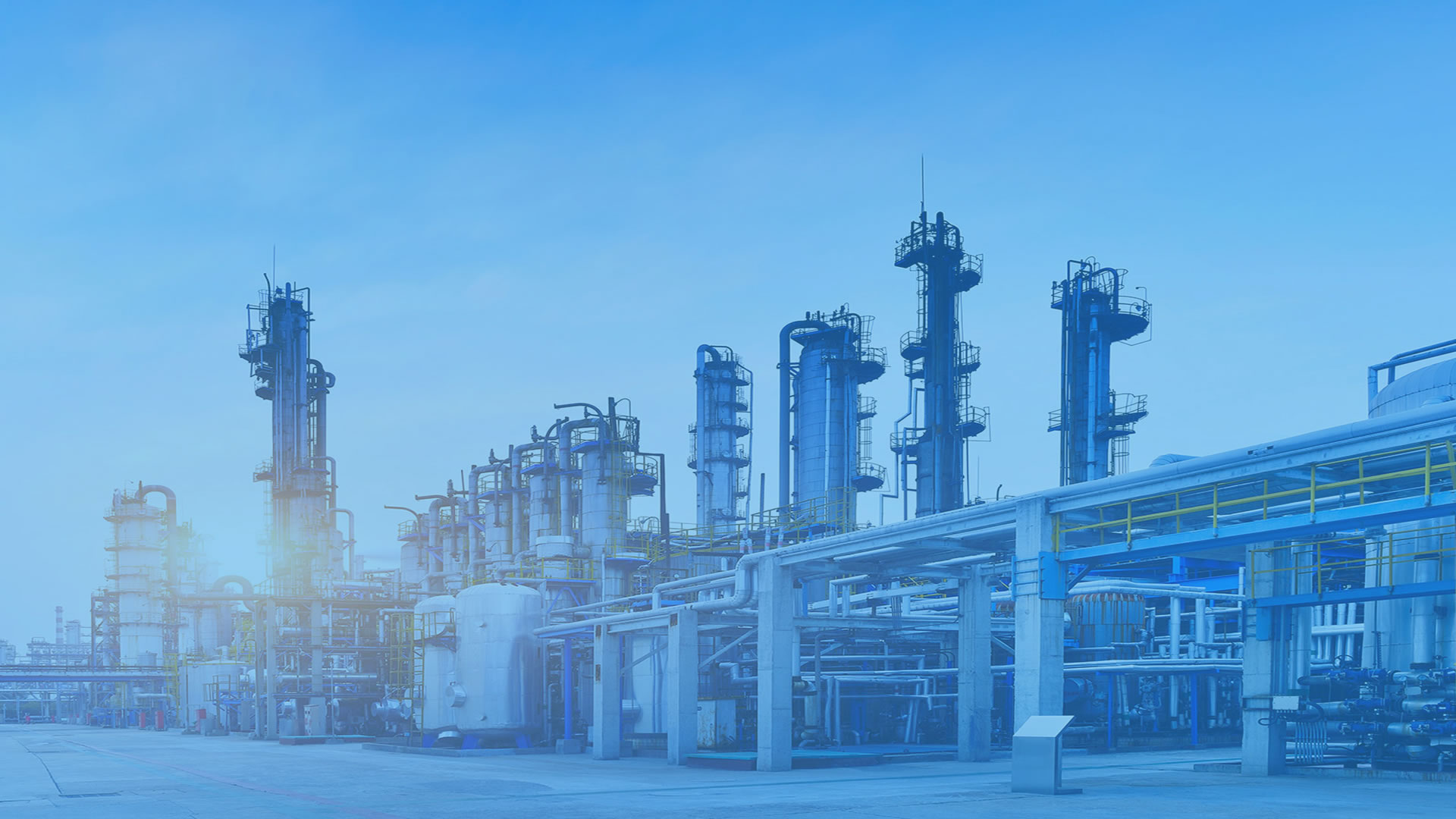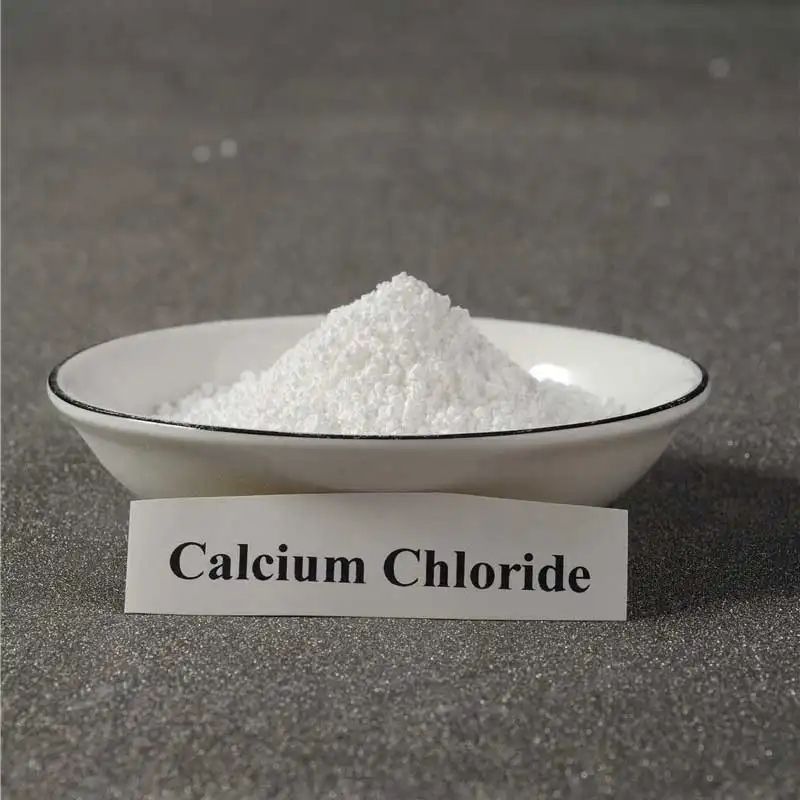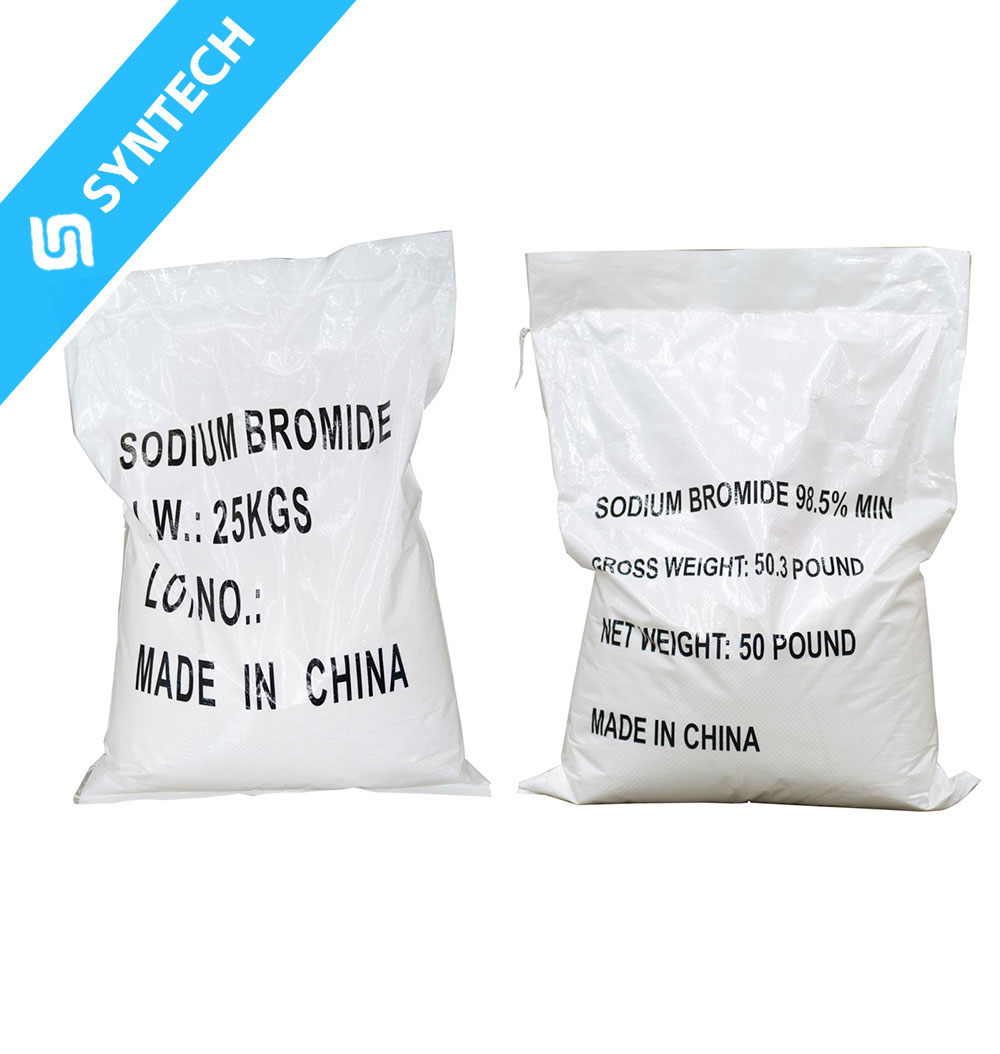This is a very core and practical question. Although Sodium Methallyl Sulfonate (SMAS) has a higher unit price, its use can be the more cost-effective choice in many scenarios. The key to the decision lies in adopting a “Total Cost of Ownership” perspective, not just looking at the price per unit weight.
Using SMAS is more cost-effective in the following situations:
1. When Final Product Performance Requirements are Stringent and Non-Negotiable
This is the most critical point. If traditional monomers cannot meet the requirements, then SMAS becomes a “necessity,” not an “option.”
- Scenario Examples:
- High-Performance ABS Resin: For electronic appliance housings or automotive interior parts requiring extremely high anti-static properties and dyeability, using SMAS is the only or most effective way to meet quality standards. The cost of customer returns or lost market share due to subpar product performance far exceeds the added cost of Sodium Methallyl Sulfonate (SMAS).
- Heat-Resistant Nylon: For components used in high-temperature environments like automobile engine bays, material stability under long-term heat must be guaranteed. The superior thermal stability provided by Sodium Methallyl Sulfonate (SMAS) ensures product reliability and lifespan, avoiding the huge risks and after-sales costs associated with material failure.
2. When Production Process Stability and Efficiency are Critical
SMAS can solve pain points in the production process, improving overall efficiency, thereby offsetting its own cost.
- Scenario Examples:
- Polymerization under Harsh Conditions: In some polymerization systems with high salinity or temperature, using traditional monomers may lead to unstable reactions, low conversion rates, or excessive gel formation. The excellent electrolyte resistance and reaction stability of Sodium Methallyl Sulfonate (SMAS) can significantly improve polymerization yield and efficiency, reducing downtime for cleaning, ultimately lowering the cost per unit product.
- As an Efficient Emulsifier/Dispersant: In emulsion polymerization, using Sodium Methallyl Sulfonate (SMAS) can improve emulsion stability, prevent demulsification and scaling, reduce production losses and equipment cleaning frequency, thereby increasing overall capacity.
3. When the Application Environment is Extreme, Requiring Long-Term Stability
In harsh environments, material lifespan translates directly into money. The “heat and salt resistance” properties of Sodium Methallyl Sulfonate (SMAS) directly convert into a cost advantage here.
- Scenario Examples:
- Polymers for Enhanced Oil Recovery (EOR): In high-temperature, high-salinity oil reservoirs, ordinary polymers (like HPAM) degrade and fail quickly. Although SMAS-modified polymers are more expensive, they remain stable and effective in the reservoir for years, displacing a much larger total volume of oil than conventional polymers, resulting in a lower cost per barrel of oil recovered.
- Additives for High-Temperature Drilling Fluids: When drilling deep wells, bottom-hole temperatures can exceed 200°C. Using SMAS copolymers as fluid loss reducers effectively maintains drilling fluid stability, avoiding expensive accidents like wellbore collapse. The risk mitigation benefit far outweighs the chemical cost.
4. When Downstream Processing or Usage Costs are Significantly Reduced
SMAS can help save even more costs in downstream processes.
- Scenario Examples:
- Improved Dyeability: In chemical fiber production, fibers containing SMAS are easier to dye with brighter and more colorfast results. This saves downstream textile dyeing mills on dye consumption, energy, and time. For brands, a superior product appearance also adds higher value.
- As a High-Efficiency Dispersant: In ceramic slurries, using a small amount of SMAS can achieve excellent dispersion, allowing for less water use (higher solid content), thereby significantly reducing energy consumption in subsequent drying processes.
5. When Compliance with Environmental or Safety Regulations is Mandatory
In some fields, using more environmentally friendly or safer chemicals is the ticket to market access.
- Scenario Examples:
- Replacing traditional additives that might decompose into harmful substances. Even though SMAS itself is more costly, the market access value and brand image enhancement gained by meeting environmental regulations, avoiding fines, or obtaining “green” product certification cannot be measured by direct cost alone.
Summary
The cost-effectiveness of using Sodium Methallyl Sulfonate (SMAS) can be summarized by the following formula:
Sodium Methallyl Sulfonate (SMAS) Cost-Effectiveness = (Increased Product Premium + Improved Production Efficiency + Extended Service Life + Reduced Downstream Costs + Avoided Risk/Losses + Achieved Regulatory Compliance) – Sodium Methallyl Sulfonate (SMAS) Procurement Cost
When the result of this formula is positive, choosing Sodium Methallyl Sulfonate (SMAS) is wise. It is never about “saving money” in a narrow sense, but about “making more money” or “avoiding greater losses” on a higher level. Therefore, it is a typical “value-based” rather than “cost-based” specialty chemical.






